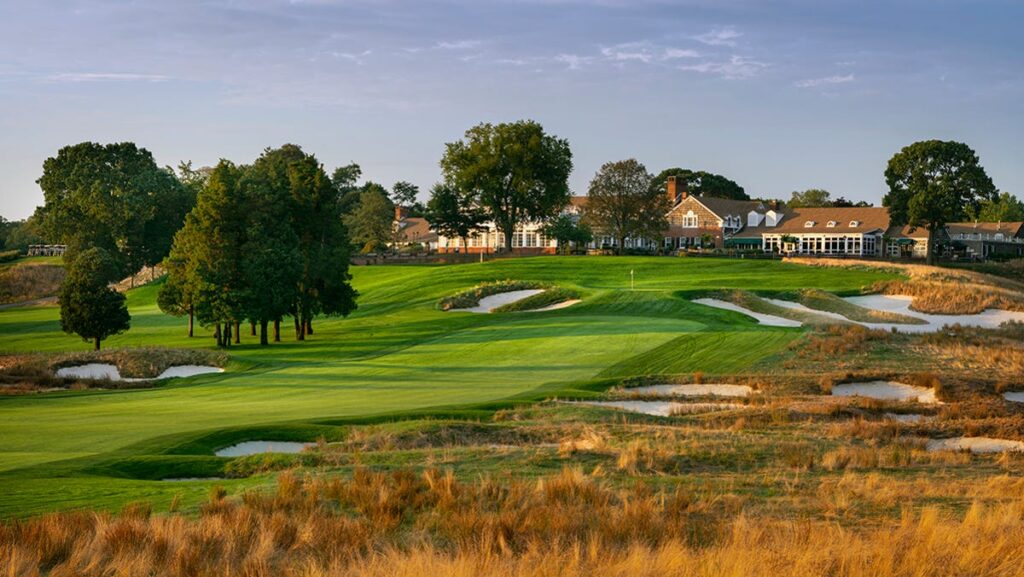The 45th Ryder Cup is one week away from getting started. The two-year wait for America to attempt to win back golf’s Holy Grail on home soil begins in earnest on Sept. 26 at Bethpage Black in Farmington, New York.
Joseph Burbank, a longtime Superintendent at the State Park, designed the course with famed architect A.W. Tillinghast serving as a consultant and it ranks No. 8 on the Golfweek’s Best top 100 Courses You Can Play list and No. 26 on the Golfweek’s Best Classic Courses list. It’s been a beast when hosting U.S. Opens in 2002 and 2009 and the PGA Championship in 2019 and was just named as the site of the PGA in 2033.
One of the advantages bestowed to the home Ryder Cup team is the ability to have a voice in the setup of the golf course. Typically, the Europeans have tightened the fairways by growing the rough thick to take away a perceived American advantage off the tee. The Americans have opted to widen the fairways and have fewer tucked flagsticks to allow for more birdies, which tends to play to its strength. Former European Ryder Cup player and 2014 captain Paul McGinley is doing double duty next week as an analyst for NBC and Golf Channel and network Sky Sport in the U.K. as well as serving as Strategic Adviser to European Ryder Cup Captain Luke Donald.
In that secondary role, McGinley was on-site at Bethpage Black when the 12-man European Ryder Cup team met for a scouting/bonding trip for two days earlier this week. He deemed the course soft but said it could firm up before the team comes together for its first official practice session next Tuesday.
“The rough is not as it would be in a U.S. PGA or a U.S. Open that has been played there before,” he said during a media conference call on Wednesday. “The fairways are pretty generous at the moment because they’re soft.
“Green speeds at the moment are probably running around 12, and they’ll probably move them up to about 13. And a couple of the tee boxes are moved up. No. 17 is moved up. It’s about 30 yards shorter than it was certainly for the U.S. Open in ’02 when I played, and the first tee box has been moved up about 35 to 40 yards in order to get the stand in behind the tee.
“So all in all, it’s what we expected. It’s right out of the American playbook of what they do when they play at home. And they’ve been very successful doing it, so why change, which is generally rough, not too thick, greens quite fast, and trying to encourage a fast pace of low scoring. It’s proved to be a very successful tournament in the past when they’ve played at home.”
Indeed, the U.S. has won three of the last four Ryder Cups played on home soil, and the home team has won eight of the last nine Ryder Cups in all. Course setup could be a significant factor in the outcome again.
Read the full article here



